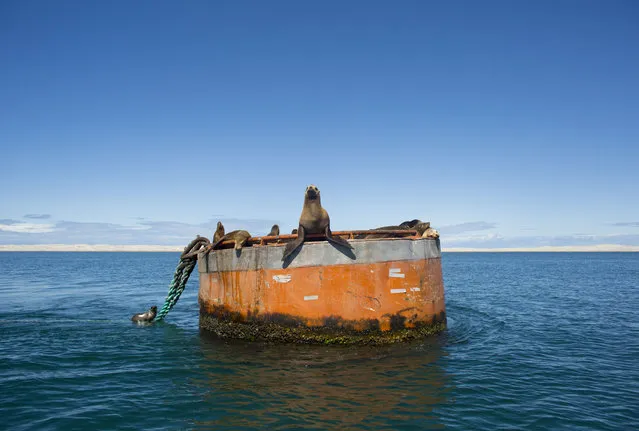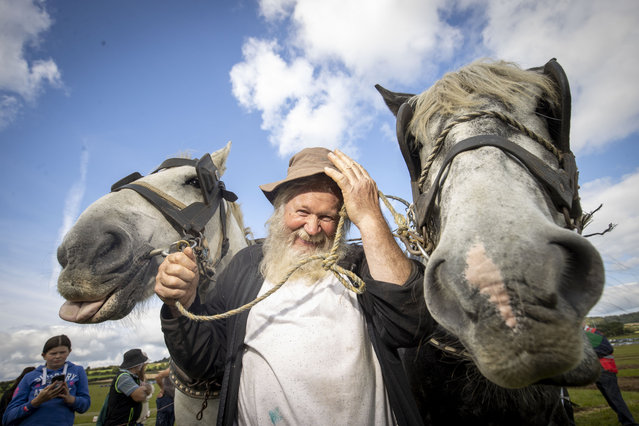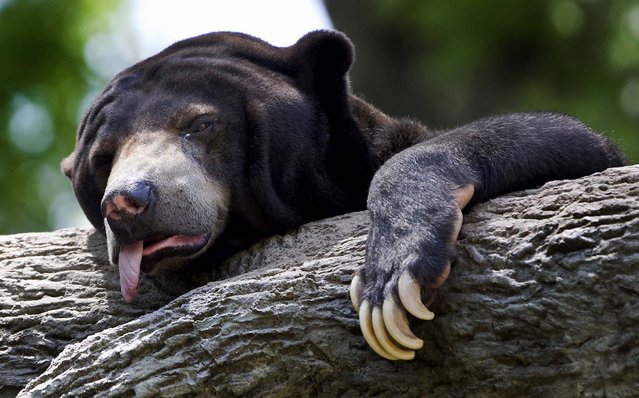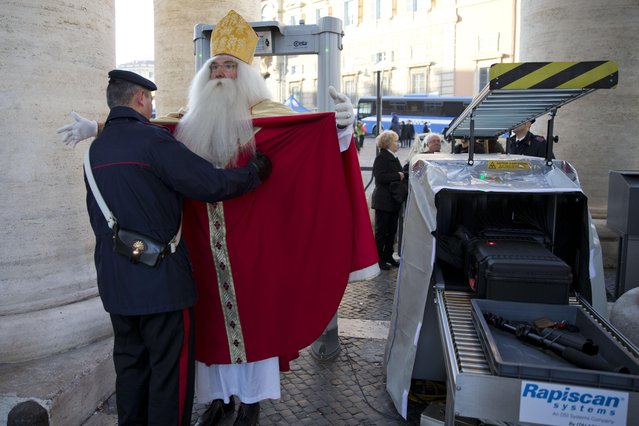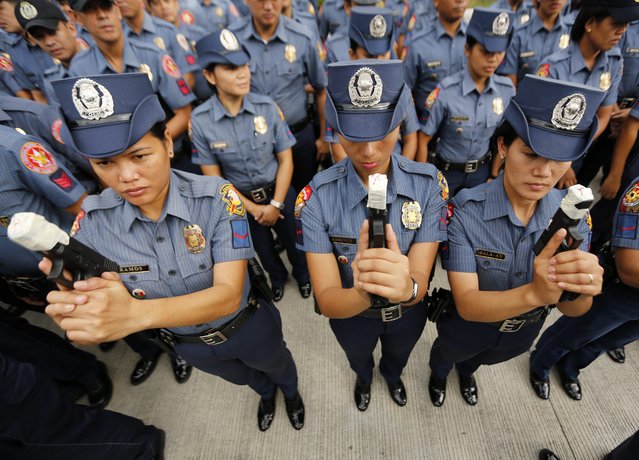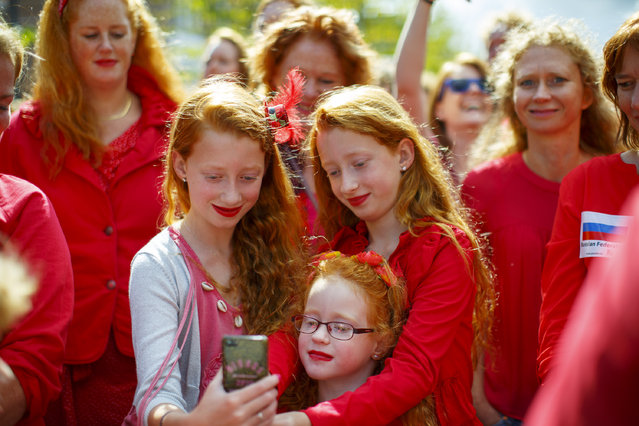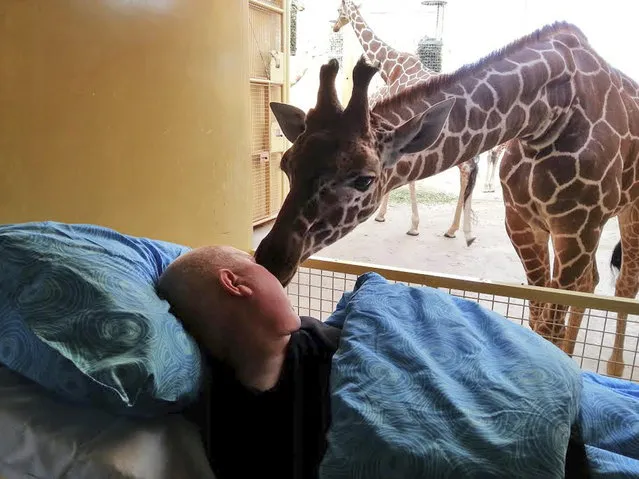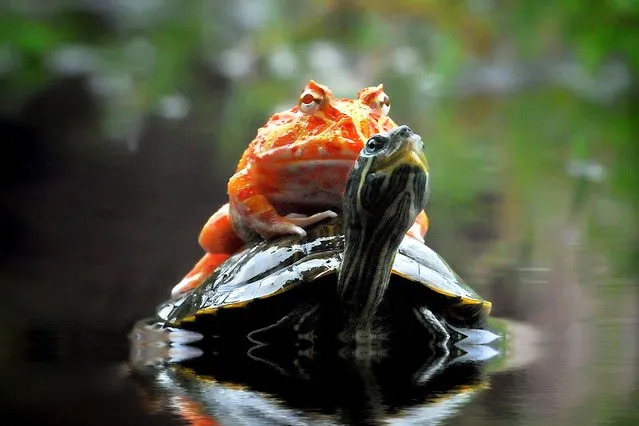
The photographer Yan Hidayat says his pet Pacman frog and Brazilian turtle are inseparable. He still had to wait four hours to get this photo in West Sumatra, Indonesia, in the first decade of March 2024. (Photo by Yan Hidayat/Media Drum Images)
24 Mar 2024 01:07:00,post received
0 comments

